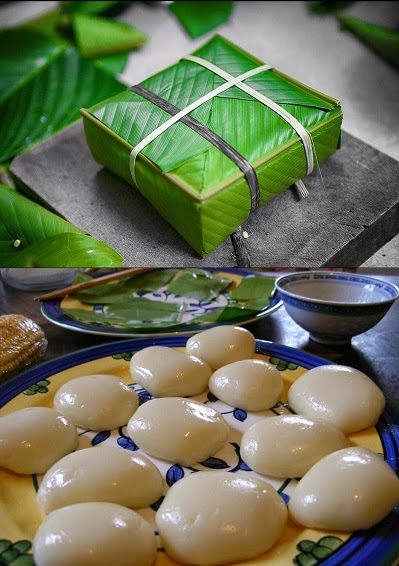
The Lunar New Year (also known as the New Year, [Tet New Year, Lunar New Year, Traditional Tet or simply called Tet) is Vietnam’s most important holiday, according to the cultural influence of the Lunar New Year. China and East Asia Cultural Ring. Before New Year’s Day, there are usually other days to prepare such as “Apple Spring Festival” (23rd lunar month) and “Lunar New Year” (29th or 30th lunar month) Because Tet calculated according to lunar calendar is a cycle calendar operation of the Moon, the Chinese New Year is later than the New Year (also known as the Western New Year). Because of the 3-leap year rule of the lunar calendar, the first day of the Lunar New Year is never before January 21 of the Gregorian calendar and after February 19 of the Gregorian calendar and usually falls between late January and mid-February of the solar calendar. calendar. The entire Lunar New Year usually lasts about 7 to 8 days at the end of the old year and the first 7 days of the new year (December 23 to the end of January 7). Every year, Tet is celebrated on the 1st of January according to the lunar calendar in Vietnam and in some other countries where the Vietnamese community lives. In Tet days, families gather together, visit relatives, celebrate their age and worship ancestors …
According to customs and traditions, Tet often has taboos. History The word “Tet” was formed by the word “Tiet”. The two words “Lunar New Year” have original Chinese characters; “Raw” means the beginning or the beginning and “dán” means early morning, so the correct pronunciation should be “Lunar New Year”. Origin of the family Hong Bang established Van Lang country in Nham Tuat in 2879 BC. Reigned all 2622 years From that time, the Vietnamese had eaten Tet, began to have banh chung, thick cakes thanks to the initiative of Lang Lieu – the 18th son of King Hung Vuong 6. It can be said that our country soon formed a Traditional culture has the unique identity of Vietnamese people. A culture with characteristics of wet rice agriculture, and rice products. Rice – the main food that feeds people, of which glutinous rice is the most delicious, aromatic, flexible and high quality substance. Therefore, glutinous rice was chosen to make cakes for ancestor sacrifice on the first day of the year. In fact, so far, exactly when our people celebrated the Tet holiday began when no one knew. Chinese history writes that from the first century, Nham Dien and Tich Quang – Chinese mandarins to our country, taught our people about farming and other cultural activities, including the traditional Tet holiday. However, the fact has proved that, before the Chinese came to colonize, the Vietnamese people had a special and special cultural activity. Meaning of the Lunar New Year in Vietnam The Lunar New Year is the first and the most important step in the Vietnamese festival system, it bears a deep and unique national culture, reflecting the spirit of harmony among people. and nature follows the operating cycle of the universe.
The word Nguyen means beginning, the word Dan means the morning, is the beginning of the new year. At the same time, Tet is also an opportunity for families, relatives, villages, relatives near and far to gather, reunite to visit, pray for each other and remember, grateful ancestors. From the perspective of the relationship between man and nature, Tet is caused by the word “weather” (weather) according to the operation of the universe, manifested in the alternating seasons of Spring – Summer – Fall – Winter, that means very special to a purely agricultural country like ours. According to popular beliefs, starting from the concept of “Thanks to the rain and rain,” the farmer also considered this an opportunity to commemorate the agricultural gods such as Earth, Rain, and Thunder. Water god … The farmers did not forget the gratitude of the animals who joined them early in the day, such as buffaloes, cows, cattle, poultry, and the food crops and food that fed them.